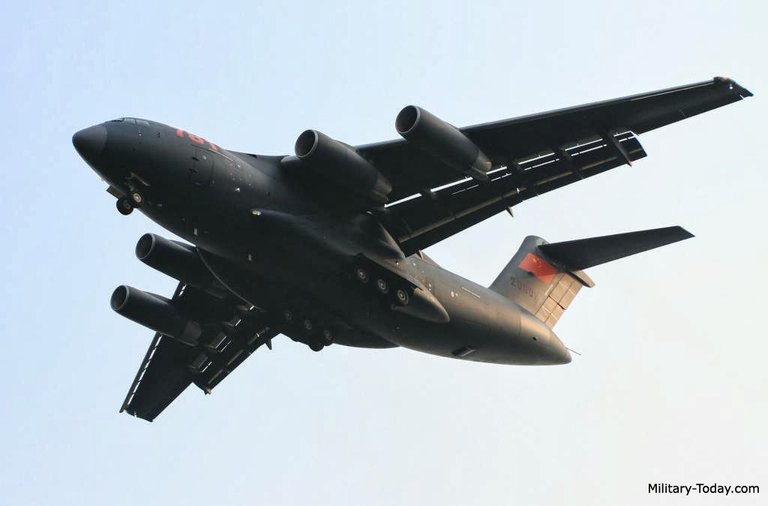China wilmove on from ground-based launch platforms to ocean freighters and aircraft. Beginning in 2018, the country will place freighters near the equator to launch the Long March 11 rocket, and use the Y-20 aircraft to launch solid-fuel rockets.
SEA AND AIR
China is shifting away from launching rockets from a stationary ground platform, and is instead planning to launch rockets from aircraft and ships at sea.
As reported by Popular Science, the China Aerospace Science and Technology Corporation (CASTC) will begin using freighters as launch pads starting in 2018. The Long March 11 rocket will be the first to utilize these new pads, which will be placed at the Earth’s equator in order to reduce the amount of fuel the rocket needs to get to orbit. Making the rockets more fuel-efficient will also increase the maximum weight of its payloads. Currently, the Long March 11 is capable of carrying up to 1,100 pounds.
e equator to launch the Long March 11 rocket, and use the Y-20 aircraft to launch solid-fuel rockets.
SEA AND AIR
China is shifting away from launching rockets from a stationary ground platform, and is instead planning to launch rockets from aircraft and ships at sea.
As reported by Popular Science, the China Aerospace Science and Technology Corporation (CASTC) will begin using freighters as launch pads starting in 2018. The Long March 11 rocket will be the first to utilize these new pads, which will be placed at the Earth’s equator in order to reduce the amount of fuel the rocket needs to get to orbit. Making the rockets more fuel-efficient will also increase the maximum weight of its payloads. Currently, the Long March 11 is capable of carrying up to 1,100 pounds.

China’s Xi’an Y-20. Image Credit: Military-Today
The China Academy of Launch Vehicle Technology (CALVT) is also in the midst of developing a solid-fueled space launch rocket that will be dropped by the Y-20 military transport aircraft. The Y-20 has a max payload of 132,000 lbs., allowing it to easily carry the nearly 120,000-pound rocket. The solid-fueled rocket is capable of carrying a payload of 220 lbs, but CALVT is also developing another version of the rocket capable of carrying a 440-pound payload.
HEAVIER PAYLOAD, LESS FUEL
Back in March, Li Tongyu, head of carrier rocket development at CALVT, explained that the Y-20 “will hold a rocket within its fuselage and release it at a certain altitude. The rocket will be ignited after it leaves the plane.” Similar to launching from a freighter, being dropped from a plane could allow the rocket to hold a heavier payload; it would also enable its initial launch stage to be smaller, thereby making it more fuel and cost efficient.
The combined benefits of a bigger payload and less fuel consumption could see China launching more rockets with more frequency. More resources, for example, could be sent to the country’s second space station; developments in low-orbit communications and satellite operations could be tested and launched more quickly.
Beyond that, the country intends to become a space superpower, as proven by its planned space exploration deal with Russia. Projects resulting from the collaboration will almost certainly require the use of newer launch pads. China is following in the footsteps of other organizations focused on space travel, and the move shows the country’s commitment to understanding the great unknown.
Hi! I am a robot. I just upvoted you! I found similar content that readers might be interested in:
https://futurism.com/china-has-a-radical-new-plan-to-get-rockets-and-humans-to-space/
Congratulations @davethomas! You received a personal award!
You can view your badges on your Steem Board and compare to others on the Steem Ranking
Vote for @Steemitboard as a witness to get one more award and increased upvotes!